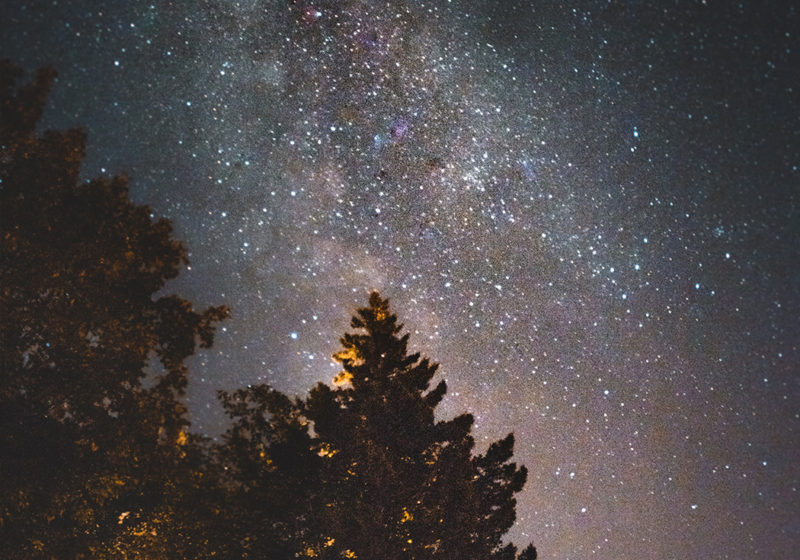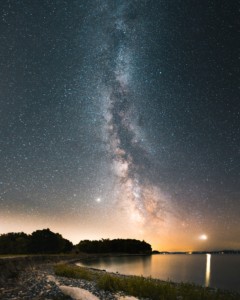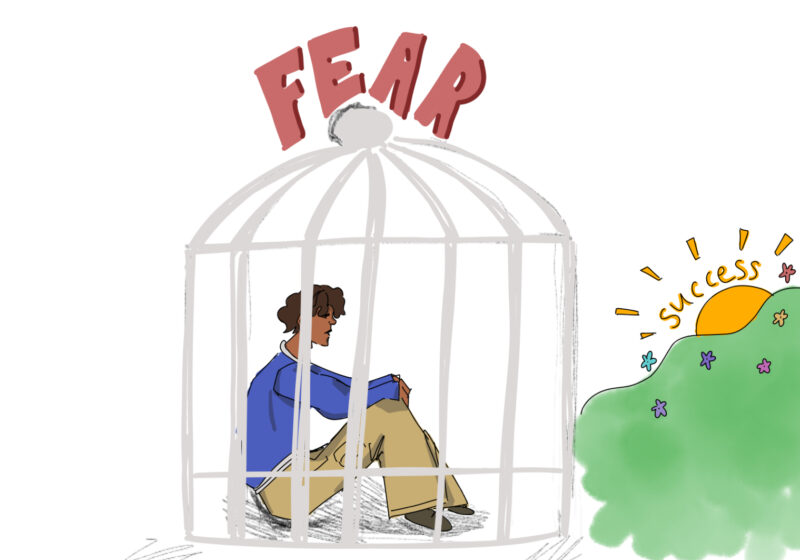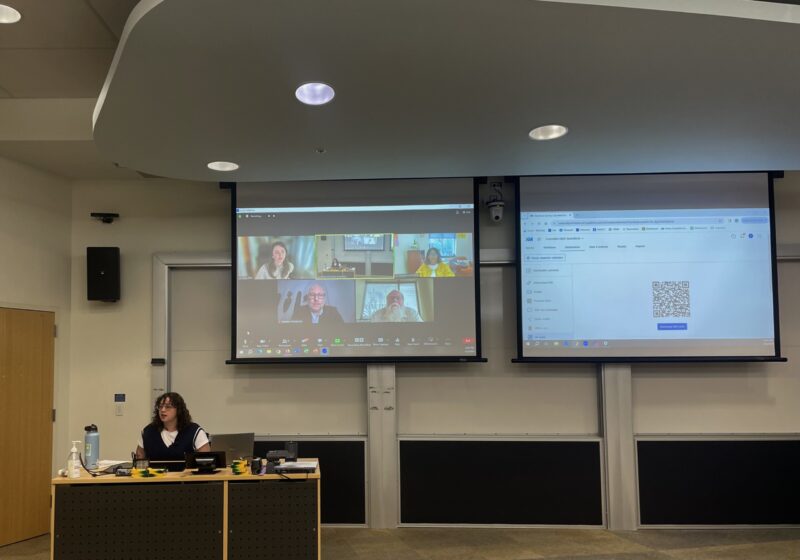Beautiful, terrifying, and awe-inspiring: One of the most captivating works of art ever made is the night sky. For millennia, it’s been a topic of intrigue for many people, myself included. Not only is it mesmerizing, but it’s easy to look at (plus, it’s free). All you have to do is turn your eyes to the sky at night. You can even listen to some moving music while doing so if you want to make it an even more emotional experience.
In the summer of 2020, I went camping with a group of friends in the lovely rural location of Spotsylvania, Virginia. (It’s real. Look it up.) On one particularly clear night, I decided to look up at the sky, and my mind was completely blown. This was what the sky looked like without light pollution. Up until this point, I had only seen a low to moderate number of stars in the night sky due to the light pollution where I grew up. However, before my eyes that night was a sweeping array of countless, brilliant pinpricks of light across a black sheet. I could see time itself unfold before me as I stood there for what seemed like an eternity with my head back looking at the sky. About an hour or so passed before my friends became worried, so one of them decided to check up on me. He walked to where I was and asked me if I was okay, and I looked at him with tears in my eyes and replied, “Yeah… space is really cool.”
Since space is amazing, I would like to provide my insight for any burgeoning stargazers here on campus so that they may find the best places to look up at the sky at night.
I have found that the two best locations for safe stargazing here on campus (weather permitting) are the hill behind Susan B. Anthony Residence Hall (facing the Jackson Court buildings) and the circular benches in the middle of Eastman Quad. Sitting at the top of this hill provides you with an expansive, relatively unobscured view of the sky. From this vantage point, you might see familiar constellations such as Ursa Major, Taurus, and Pisces, just to name a few. However, the moon is partially blocked by Sue B. for most of the night, and it can be somewhat noisy due to the foot traffic, which may detract from the experience.
Eastman Quad, on the other hand, is often dead silent at night, except for the sounds of nature and the occasional car noise in the distance. From here, you might see some of the same constellations and star patterns as from the hill, along with some different ones, such as Orion and the Winter Triangle. Also, the moon is often visible from here. However, a sizable portion of the sky is obscured by the buildings surrounding the quad and the area is filled with light, although neither the buildings nor the artificial lights affect visibility too much. It still makes my list of good locations for stargazing.
To assist you in identifying stars, constellations, and anything else you might see up there, the apps “SkyView Lite” and “Night Sky X” are particularly helpful. “SkyView Lite” (my personal favorite) is more interactive and uses AR technology to clearly display what stars you can see from your exact position (and those that you are unable to see due to light pollution, poor weather conditions, etc.). There is even a search function that you can use to find specific points of interest. “Night Sky X” is more comprehensive and allows you to see the locations of satellites as they orbit the earth. On the other hand, it also presents an overwhelming amount of information on your screen, which can be very confusing.
Stargazing is a fun way to de-stress, clear your mind, and just exist with the world around you while seeing something truly beautiful. If you decide to go stargazing, I would suggest going after 10:00 p.m. on a cloudless night, to ensure that the sky reaches optimal darkness (especially considering the effect of light pollution) and for foot traffic to be at a minimum.
I hope this article convinced even one of you to take a closer look at the sky. Who knows, maybe I’ll see some of you at my favorite stargazing spots on campus!







